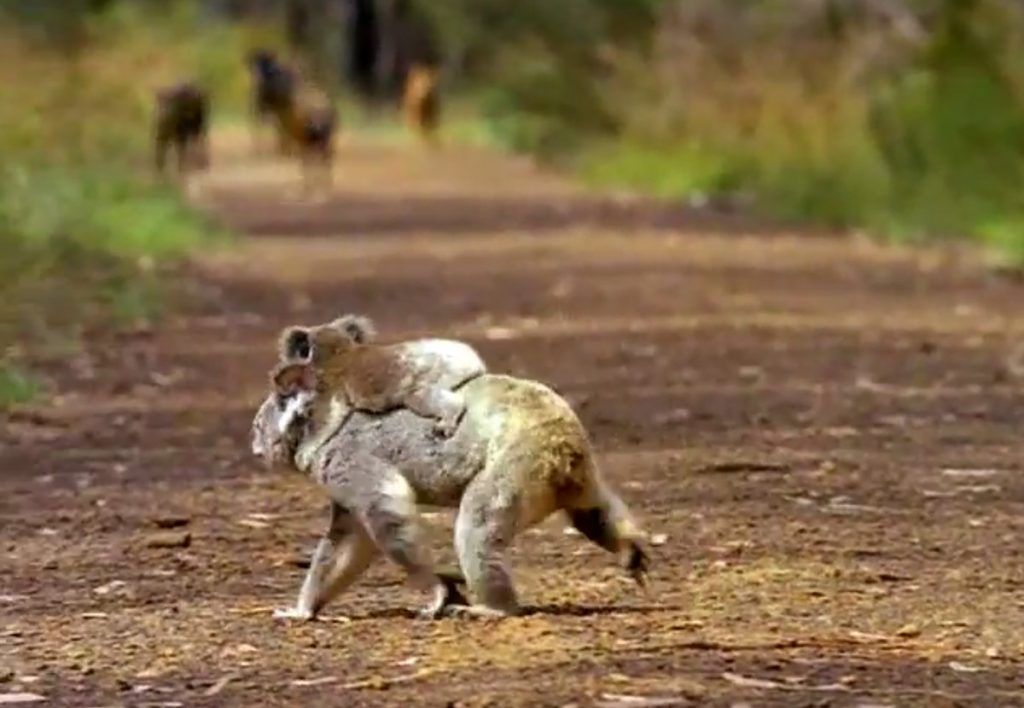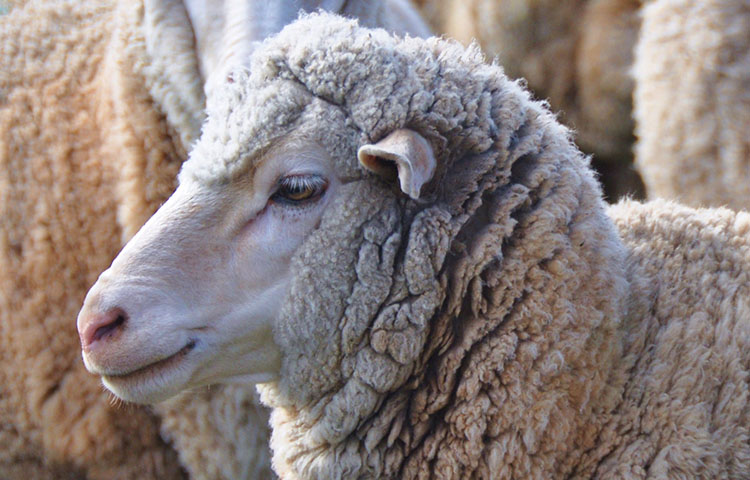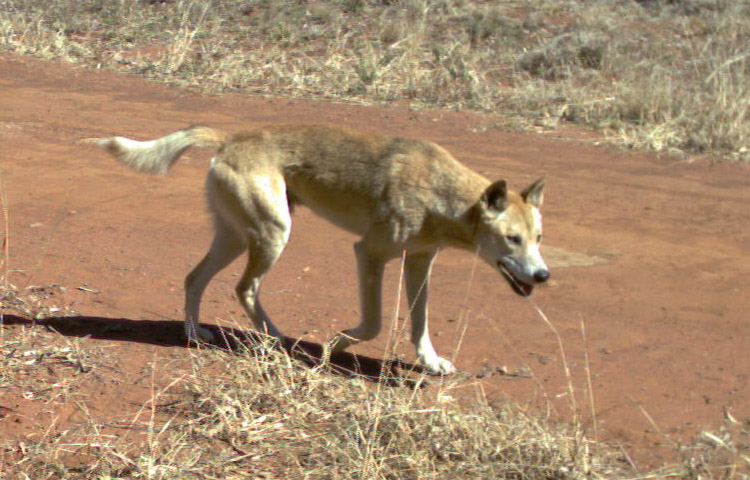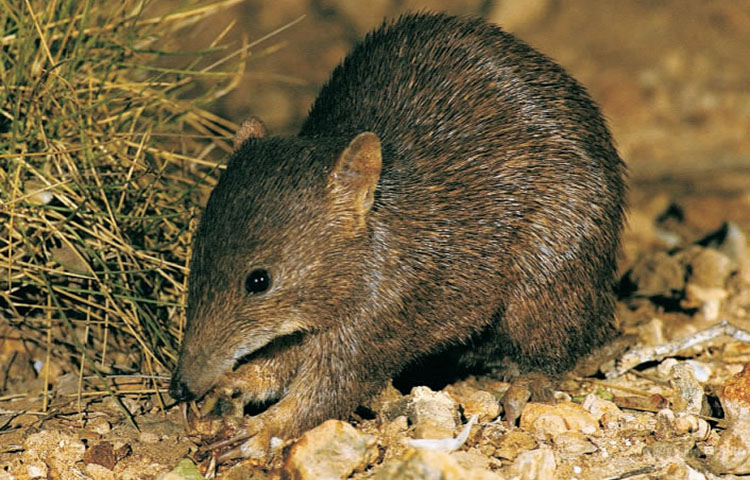Enabling communities to coordinate effective and humane management of wild dogs
The Problem
Wild dog attacks on livestock conservatively cost the Australian economy upwards of $89 million a year in lost production and control costs – but the impacts don’t stop there.
- Producers lose enterprise choice – farming small stock (sheep and goats) is unsustainable in areas where wild dog numbers are excessive.
- Wild dogs cost jobs and livelihoods for many in the Australian agricultural sector. Each year millions of dollars’ worth of livestock are killed or maimed by wild dogs. In western Queensland alone, the region has seen a 75% drop in sheep numbers and this affects the social and economic fabric of rural communities. Reduced employment means reduced population which affects vital basic services such as education and health.
- Stress – Prolonged wild dog attacks on livestock can cause serious emotional and psychological damage to rural families and their communities (ABARES 2014)
- Threatened species – Our fauna is unique to the world and for some species excessive predation by wild dogs risks their extinction.
About two-thirds of Australia’s producers regularly experience wild dog problems on their properties with a third describing their problems as severe.
The impact on biodiversity is also profound. Wild dogs are opportunistic predators and will prey on everything from goannas to birds to koalas.
In one study, more than 400 koalas were fitted with electronic collars and tracked over two years. Around 130 were later found dead – mostly due to injuries from wild dogs.

“Wild dogs can attack koalas in all landscape types. The opportunistic predation of even one wild dog can negatively impact a small koala population”
Dr Christine Hosking, Koala Researcher, The University of Queensland
Image by Jenny Carroll
The Plan
The National Wild Dog Action Plan is Australia’s blueprint strategy for wild dog management that guides state, regional and local plans in accordance with principles of the Australian Pest Animal Strategy 2017-27. It promotes evidence-based, best practice tools and methods aimed at protecting agriculture, the environment and community wellbeing.
What the Plan does:
- Promotes national consistency and strategies to conduct safe, efficient and humane best practice wild dog management.
- Provides national direction for wild dog policy development at the state and regional levels that support ongoing wild dog management.
- Promotes industry and government cooperation, collaboration and investment to manage wild dogs and reduce their impacts on primary production, native wildlife and people.
- Directs on-ground research to improve the effectiveness and humaneness of wild dog management techniques.
- Delivers nationwide extension and capacity building programs to promote education and adoption of best practice principles.
- Informs and advises governments, peak livestock industry councils, wildlife protection groups and other stakeholders on wild dog management issues.
- Safeguards a coordinated, collaborative, community-driven approach to wild dog control focused on minimising negative impacts on livestock and biodiversity.
- While it informs and guides best practice wild dog management, it is not directly involved in control programs.
Funding
The NWDAP is a livestock industry-driven initiative funded and supported by its stakeholders and partners.
Image by Jill Slack
The Progress
Implementation of the NWDAP has resulted in greatly reduced wild dog attacks on livestock, improved productivity and increased employment with flow-on effects to regional towns and economies.
It plays a valuable role in biodiversity protection by supporting the conservation efforts for a range of native species such as koalas, bridled nail-tail wallabies and quolls.
Since its inception, the NWDAP has:
- Improved leadership and capacity.
- Increased government and industry confidence.
- Overseen the adoption of NWDAP-aligned, best practice wild dog management plans in all mainland states and territories.
- Increased leverage and investment for wild dog management at all levels throughout Australia.
- Successfully generated public and government support for the continued use of current and newly registered control measures.
- Increased access to a broad range of up-to-date, extension materials.
- Developed the national training qualification, Certificate III Rural Pest Management.




Share